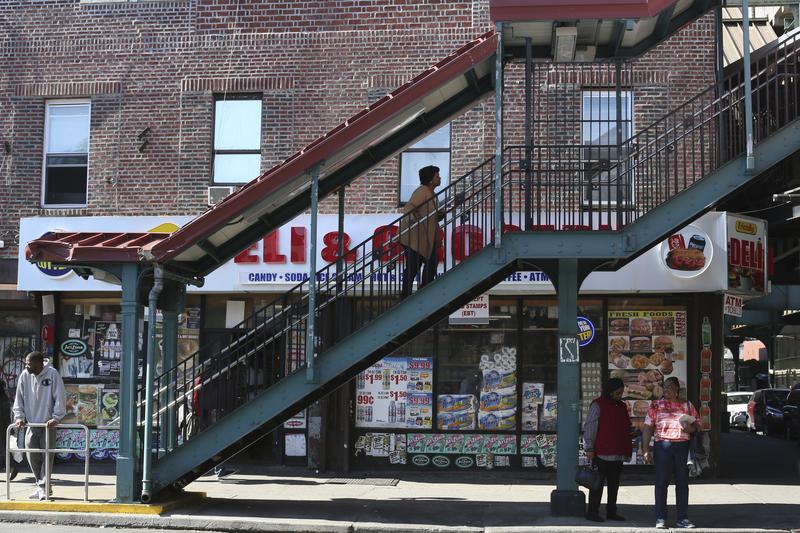
People in Brownsville, Brooklyn, have a life expectancy of 74 years — shorter than any community in New York City, where the average life expectancy is 81. A new report released Tuesday lays out the contributing factors and the resources available — or missing — to help combat these issues.
The Citizens Committee for Children of New York, which released the report, analyzed federal, state and local data to pull together statistics for health and economic challenges in the community. Here's a sampling:
- 40 percent of Brownsville residents live in poverty, compared to nearly 21 percent in the city as a whole. The child poverty rate in Brownsville is 54 percent, far above the city's child poverty rate of 30 percent.
- 45 percent of Brownsville households rely on food stamps, compared to 20 percent in New York City as a whole.
- Close to 9 percent of births in Brownsville are to teen mothers, the highest in Brooklyn.
- 37 percent of high school students in Brownsville graduated on time in June 2015, compared to 67 percent citywide.
- In 2014, one out of 13 children in the Brownsville-Ocean Hill community were involved in an investigation of child abuse or neglect. In nearly half of those cases, 46 percent, the claims were substantiated. The report state's that Brownsville-Ocean Hill's child victimization rate is the highest in the city.
Jennifer March, executive director of Citizens Committee for Children, said the organization went out and talked to residents about these outcomes.
"People living and working in Brownsville are desperate for opportunities to improve their overall economic well-being, to improve their health outcomes," said March. "They’re acutely aware of living in a district that kind of feels cut off geographically from other parts of the city because of unreliable transportation."
March pointed to a lack of basic amenities, including inadequate access to grocery stores, banks and public transportation. The demand for services for children also far outpaced supply, said March.
About 30 percent of residents in Brownsville are children under 18 — a much higher proportion than in the city as a whole, where children make up 21 percent of the population. As a result, there are too few early childhood centers to meet demand.
Older kids need more services, too.
"There are real concerns around street safety and safety in the community," said March. "And we know that the after school programs that are available are largely targeted toward younger children, not older youth."
The Brownsville report is a spin-off of a citywide report on child well-being that the Citizens Committee for Children released in December.
